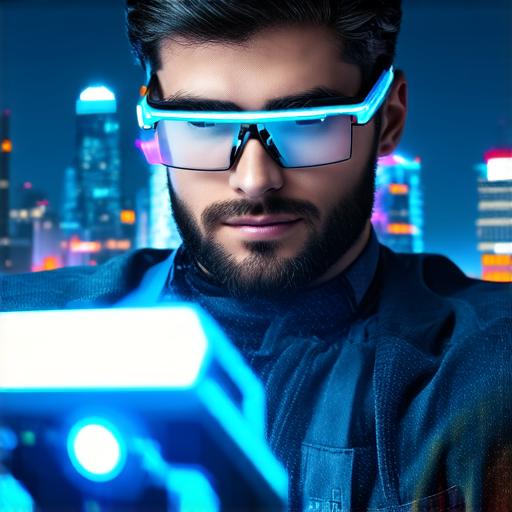Augmented reality (AR) is a technology that enhances the real world by adding virtual elements such as images, sounds, and videos. AR advertising refers to using this technology to enhance and interact with products or services in a unique and immersive way. In other words, AR advertising allows companies to create a more engaging experience for their customers by overlaying digital content on top of the physical world.
The Benefits of Augmented Reality Advertising
There are several benefits of using AR in advertising:
- Increased Engagement: AR advertising can provide a more interactive and immersive experience for customers, which can lead to increased engagement with the product or service being advertised. This can result in higher conversion rates and greater customer satisfaction.
- Improved Product Visualization: AR advertising allows customers to see products in a more realistic way, as they are able to visualize them in their own environment before making a purchase. This can help reduce the number of returns and increase overall customer satisfaction.
- Enhanced Brand Experience: AR advertising provides companies with the opportunity to create unique and memorable brand experiences for their customers. This can help differentiate the brand from its competitors and create a lasting impression on the customer.
How Augmented Reality Advertising Works
AR advertising typically involves using a smartphone or other device to scan a code or image in the physical world. Once the device recognizes the code or image, it overlays digital content such as 3D models, animations, and videos onto the real-world environment. This creates an immersive experience for the customer and allows them to interact with the product or service being advertised in a unique way.
Examples of Augmented Reality Advertising
There are many examples of AR advertising across various industries, including:
- Fashion: Some fashion brands have used AR to allow customers to see how clothing will look on them before making a purchase. This can help reduce the number of returns and increase customer satisfaction.
- Automotive: Car manufacturers have used AR to showcase their vehicles in 3D, allowing customers to see how they will look in different colors and configurations.
- Beauty: Some beauty brands have used AR to provide virtual makeup tutorials, allowing customers to try out different looks and products in a fun and interactive way.

Conclusion
Augmented reality advertising is a powerful tool for companies looking to create unique and memorable brand experiences for their customers. By using AR, companies can increase engagement, improve product visualization, and enhance the overall customer experience. With the continued development of AR technology, we can expect to see even more innovative and effective AR advertising campaigns in the future.
